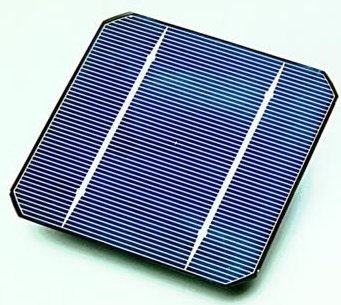Science News
Boosting Solar Efficiency

Scientists announced in the journal Science last week that they have found a new form of chlorophyll—the essential molecule in photosynthesis. The fifth known chlorophyll, it has been identified as chlorophyll f (why is there no e?), and its discovery could be the key to more efficient and sophisticated solar cells, the researchers hope.
The chlorophyll was found in cyanobacteria that live on stramatolites in Australia’s Shark Bay. According to New Scientist,
Min Chen of the University of Sydney in Australia, and her colleagues, went looking for interesting chlorophyll in the stromatolites there because the water in which they live – and the trapped sediment that bulks them out – filter out much of the visible light reaching the stromatolitic cyanobacteria. The team suspected that the cyanobacteria might therefore be better-than-average at absorbing the infrared radiation that makes it through.
The new chlorophyll can essentially allow cyanobacteria living deep within stromatolites to photosynthesise using low-energy infrared light. And, Chen says in Scientific American,
“That means that organisms that have this chlorophyll inside can extend their photosynthetic range for maximum use of solar energy.”
This is good news for solar cells. New Scientist reports that:
Because over half of the light from the sun comes in at infrared wavelengths, the makers of photovoltaic panels have been working on ways to extend the section of the spectrum that solar cells can absorb to beyond red.
Maybe this chlorophyll could hold the key to extending that range for solar cells.
There was even more good news for efficient solar energy this week. Scientists are developing self-cleaning solar panels, based on NASA Mars and Moon rovers, to clean the dust off of the panels. According to the BBC,
Dust deposits can reduce the efficiency of electricity generating solar panels by as much as 80%.
This will allow solar to go in dry deserts and other dusty places. Go, Solar! (or Go Solar!)